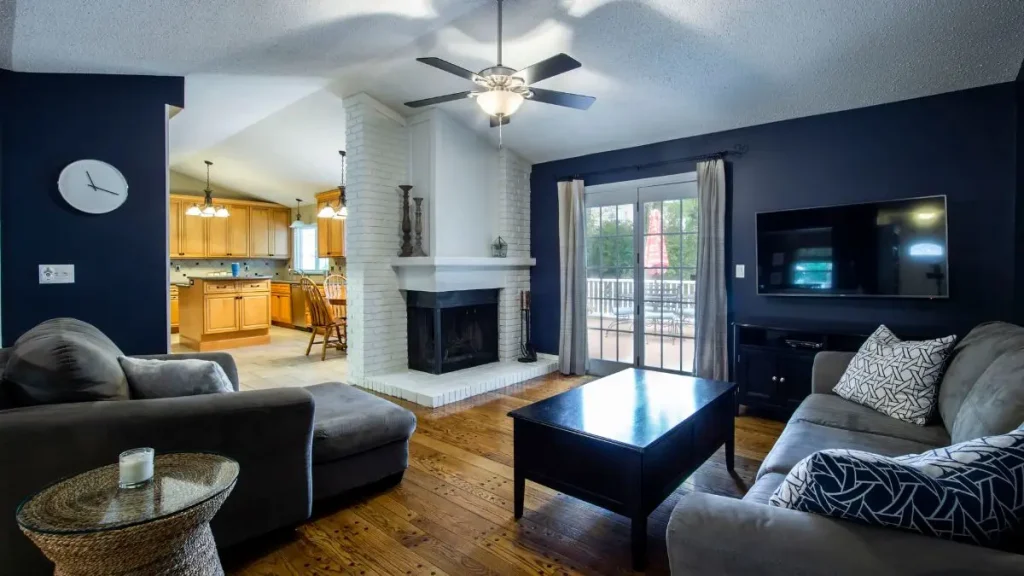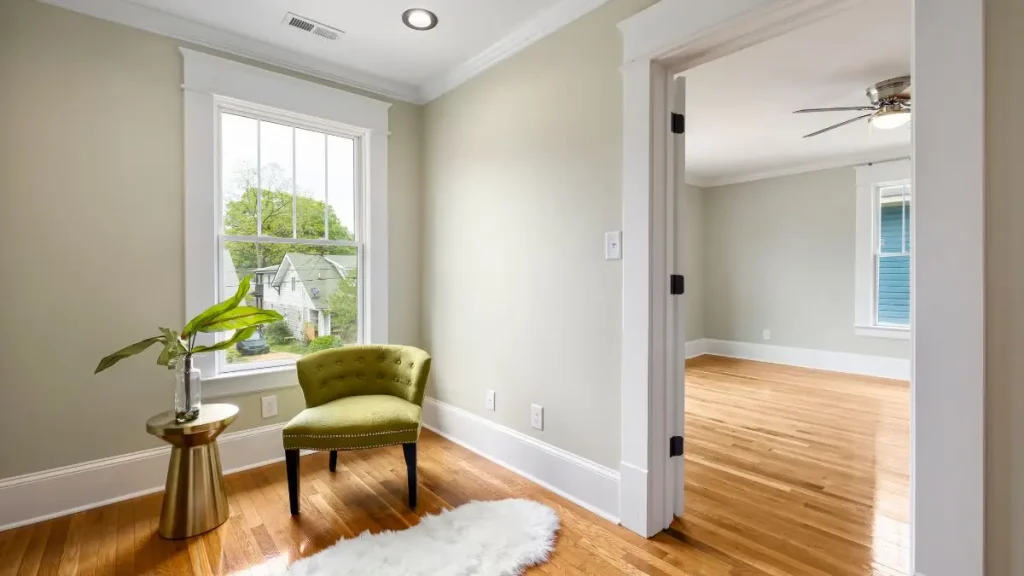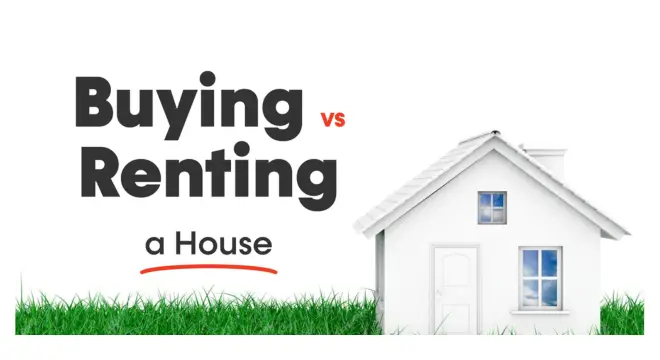Roy Lichtenstein’s Iconic Hamptons Property Lists for $18 Million
When I saw that Roy Lichtenstein’s Hamptons estate was back in the headlines, I couldn’t help but pause. This isn’t just another big-ticket property listing—it’s the first time since 1970 that the artist’s Southampton retreat has been offered for sale. That’s more than half a century of one family’s history tied into a single home.
What makes this moment even more striking is the shift in price. Originally listed at $19.95 million, the property has now been trimmed down by $2 million to $17.95 million. In the world of luxury real estate, a cut like that isn’t small change—it signals both urgency and opportunity.
For me, the hook isn’t just the number; it’s the story behind it. A house that once served as the backdrop to one of pop art’s most influential figures is now at a crossroads, waiting for its next chapter. And if you care about art, history, or even just how legacy plays out in real estate, this is a story worth following.
Why Gin Lane Still Turns Heads?
If you’ve ever walked down Gin Lane in Southampton, you know it doesn’t feel like just another street—it feels like history. Lined with oceanfront estates and private beach paths, this stretch has been an “old guard” enclave for generations.
According to Mansion Global, this particular property even connects directly to the beach through its own private pathway, which is about as rare as it gets in the Hamptons.
I find it fascinating that Gin Lane was home to the first vacation house ever built on Southampton’s dunes back in the late 1800s.
So when you see an estate here listed, you’re not just looking at real estate—you’re looking at a living piece of East End tradition. And if you’re a buyer, location is the one thing you can’t renovate. Gin Lane delivers what money alone usually can’t: heritage.
From Carriage House to Collector’s Dream

What caught my eye about this home is how it started life in 1897 as a carriage house before being transformed into a three-story residence.
Over the decades, the Lichtensteins expanded and modernized it, but they never stripped away its original character. Realtor points out how that mix—historic bones with layers of personal updates—makes it more than just a high-priced listing.
Think about it: 5,825 square feet, spread across a library, sunroom, great room, and multiple patios.
Ocean views from the bedrooms upstairs. It’s not the flashiest Hamptons spec build, but if you care about authenticity and history, that balance of old and new is exactly what makes a place like this irreplaceable.
It reminds me a bit of how Hollywood figures like Chuck Lorre recently purchased an iconic John Elgin Woolf home in L.A.—different coast, same sense of architectural heritage meeting celebrity legacy.
The Studio That Time Forgot
For me, the most powerful detail isn’t the ocean views or the terraces—it’s the separate building out back. That’s where Roy Lichtenstein worked, and it has remained virtually untouched since his death.
Imagine standing in the same studio where one of the most recognizable voices of the Pop Art movement painted, experimented, and thought. You don’t just buy walls and ceilings with this property; you inherit a space that shaped cultural history.
If you’re an art lover, that’s goosebump material. And if you’re not, it’s still a reminder that homes carry stories far deeper than square footage.
The $2M Question—Why the Price Cut?
Now, let’s talk money. Last September, the property hit the market at $19.95 million. This August, it dropped by $2 million. In luxury real estate, that’s not just a markdown—it’s a signal.
Why does that matter to you? Because price adjustments like this usually mean the sellers are serious about moving forward. This isn’t a speculative listing sitting pretty; it’s part of a larger estate transition after Dorothy Lichtenstein’s passing.
For a buyer, that shift creates leverage. And for the rest of us, it shows how even iconic properties are still subject to the same supply-and-demand realities as any other market.
What do you think—does a $2M price cut make this estate a golden opportunity, or does the market still feel too steep?
A Blank Canvas for the Next Chapter
Here’s where I think you need to look beyond the glossy photos. Right now, the house doesn’t have some of the standard Hamptons “extras”—no pool, no tennis court, none of the turnkey resort-style bells and whistles.
On paper, that might sound like a drawback. But if you think like an investor, it’s the opposite: it’s potential.
You could modernize while preserving the history, or lean into the legacy and keep it as a cultural landmark. Either way, the bones are strong, the land is prime, and the story behind it is unmatched. I see it as a blank canvas—fitting, really, given who lived and worked here.
By the way, I often share quick real estate insights and property stories on a WhatsApp channel—it’s where I drop updates that don’t always make it into long articles like this.
A Family Home, A Pop-Art Legacy
What strikes me most about this story is how deeply personal it is. Roy Lichtenstein bought the house with his wife, Dorothy, back in 1970. He passed in 1997, and for nearly three decades after, Dorothy became the steward of not just the property but of his entire legacy.
Now that she’s gone, the estate is closing this chapter. And that’s why the sale feels bigger than a transaction—it’s the last link to how the Lichtensteins lived, worked, and shared their lives.
For you, as a reader, this isn’t about whether you’ll buy it. It’s about seeing how a home can embody art history itself.
Price shifts like this aren’t unusual—just look at how Logan Paul listed his $14M Puerto Rico mansion after major market changes in the area.
What Happened to Their Collection

After Dorothy’s passing, the estate didn’t just list the house—it also began dispersing the couple’s belongings. Sotheby’s and Bonhams auctions sold off furniture, books, even sketches by Matisse and sculptures by Yoko Ono.
Imagine that: items that once sat casually in their home now scattered into the world as collectible treasures.
For me, this detail is a reminder of how legacy gets divided—sometimes through stories, sometimes through objects.
And for you, it’s an insight competitors usually skip: this house isn’t just coming empty; it’s coming after an entire life of art and culture has been carefully unwound.
If You Were the Buyer, What Could You Do?
Let’s say, for a second, you had $18 million to spend. What would you do with it? Would you add a pool and tennis court like so many Hamptons estates? Or would you preserve the untouched studio as a kind of private museum?
That’s the beauty of this property—it gives you options. If you’re practical, you see untapped value. If you’re sentimental, you see an opportunity to protect something that mattered to modern art.
Either way, it’s a rare blank canvas that’s waiting for the next person to pick up the brush.
It’s similar to how other cultural figures part ways with their homes—like when Rob Zombie sold his stunning two-house compound in Los Angeles, closing a personal chapter while opening the door to a new owner
More Than a Mansion
At the end of the day, you and I both know this isn’t just a house. It’s a place where one of the great artists of the 20th century lived, worked, and left a legacy. It’s also a property on one of the most coveted streets in the Hamptons. That dual identity—heritage and investment—doesn’t come around often.
So I’ll leave you with this: if you were the one holding the keys, would you treat it as a luxury asset to renovate, or a historic studio to protect? That’s the real question this $18 million listing asks.
If you enjoy stories like this, you’ll probably love exploring more of our coverage on Real Estate & Homeownership section—check out the latest.
Disclaimer: This article is for informational and editorial purposes only. The details about Roy Lichtenstein’s Hamptons estate, its history, and market listing are based on publicly available sources at the time of writing. Readers should verify current information with the listing agents or official property records before making any decisions.


